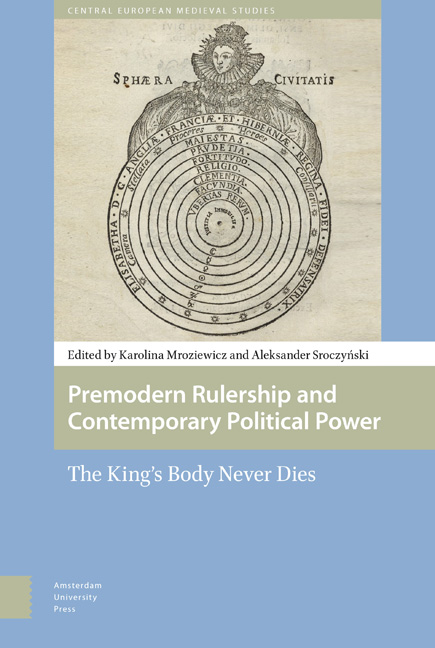Dual Approaches to Communist: Engagement Helena Krajewska and Marek Włodarski
Published online by Cambridge University Press: 24 December 2020
Summary
The present chapter deals with the old artistic fantasy of socio-political engagement and the inescapable tensions between modern art, social(ist) realism, and politics in the Polish People's Republic around 1949, but rather than providing a comprehensive study of the subject it discusses social realism using a series of case studies. The chapter opens with a close reading of art criticism of the time, and some reflections on social(ist) realism, in which ideological and artistic ideas were juxtaposed. Specifically, I argue that social realism is best understood through ‘the phenomenon of blurring,’ thus challenging the traditional narrative based on the division between the engagement of artists and their strategic retreat. In other words, I refer to research question posed by Wojciech Włodarczyk: ‘How to create a good social-realist painting.’ In order to demonstrate that there are no simple answers to this question, I will introduce two case studies: that of Helena Krajewska, an art critic, whose writings contain a variety of standpoints on social(ist) art before 1949, and that of Marek Włodarski whose work sheds some light on the ideology of unorthodox artistic representation of power after 1949. Between these two case studies, we may perhaps gain a clearer understanding of the conflicting paths toward a communist utopia.
The Field of Art in the 1940s and Socialist Realism in Poland: Introductory Remarks
Socialist realism as an artistic and, above all, ideological doctrine, was first established in the Soviet Union after 1932, when it replaced the constructivist avant-garde – practiced by El Lissitzky, Rodchenko and Tatlin among others – as the official art recognised by the state. The Soviet powers had decided that the simplified, expressive and rational language of geometrical abstraction was a less effective tool of propagandist communication than the kind of realist representations that would be familiar to Russian peasants and workers. Only a few years later, in 1939, Clement Greenberg published his famous article Avant-Garde and Kitsch, in which he made the distinction between high art – characterised as the ‘imitation of imitating,’ and focused primarily on its own artistic innovations – and kitsch as a platform for the ordinary imitation of nature (mimesis). According to Greenberg, some of the most vivid examples of the latter were the works of Ilja Rieplin, and the contemporary art of totalitarian regimes, including both Nazi Germany and Soviet Russia.
- Type
- Chapter
- Information
- Premodern Rulership and Contemporary Political PowerThe King's Body Never Dies, pp. 279 - 298Publisher: Amsterdam University PressPrint publication year: 2017



